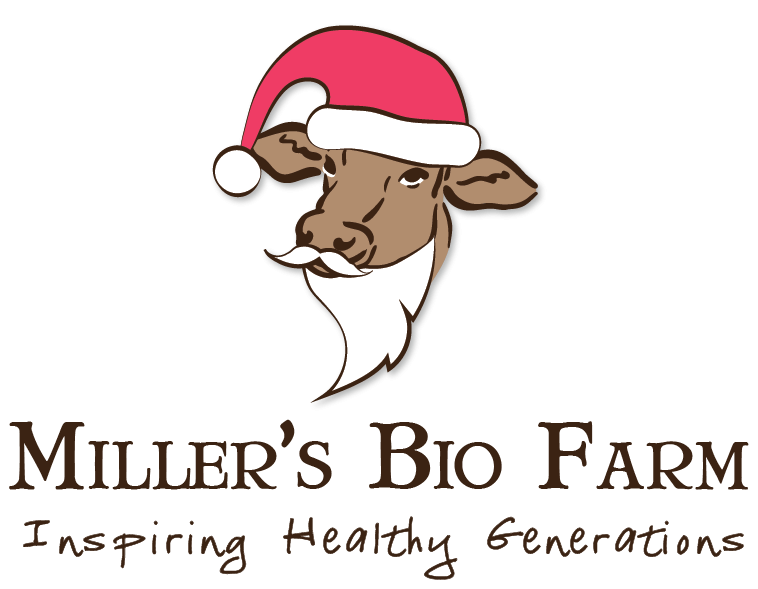What is bioavailability? How to get what you need to be healthy.
posted on
December 2, 2022

Bioavailability.
You may have heard this term in online debates recently, as people argue over which foods are “better” or “worse” for our bodies. Or maybe you feel like you’re eating all the right things - but not getting the nutrients you need. Is “bioavailability” the answer to how we select our food? And does it work the same way for everyone?
Bioavailability refers to the proportion of nutrients our bodies can absorb when we eat food. In other words, bioavailability determines how efficiently we digest and utilize food. But bioavailability isn’t a one-size-fits-all approach. It depends on many factors: what we eat, our health status, and food preparation.
Let’s start with what we eat.
The structure of food is one of the biggest factors in bioavailability. For example, because plants have rigid cell walls, it’s harder for our bodies to absorb their nutrients - making them less bioavailable.
Plants also contain phytates (an element in the outer layer) and polyphenols (a compound within plants). These can bind with micronutrients like zinc, mineral, and iron in our digestive tract, preventing our bodies from actually absorbing the nutrients.
How do we get around this?
Preparation is key. For food like grains and legumes, soaking reduces phytates and polyphenols to prevent binding. And for other vegetables, like green leafy plants and alliums, chopping, mincing, and cooking helps break down cell tissues, while still maintaining nutrients.
It’s also important to eat foods that are easier for our body to absorb.
Here at Miller’s, we advocate eating a balance of animal products and vegetables. Animal proteins contain elements, like heme iron, that are easier for our body to break down, making digestion more efficient overall.
But it’s not just the structure - the vitamins and minerals in our food also behave differently.
There are two main groups of vitamins that are important for bioavailability: water-soluble vitamins, like B vitamins and vitamin C, and fat-soluble vitamins, like A, D, E, and K. Both have different benefits and reactions in our bodies.
Water-soluble vitamins are absorbed in our tissues for immediate use - and then passed out of our body when we don’t need them. (Hence the name: they’re dissolved in water!) So, they provide a quick benefit, but they can also be easily depleted, leading to chronic health issues if we don’t regularly replenish them. A diet that sources quality meat and dairy provides essential B vitamins, and fresh fruit, tomatoes, and peppers are excellent sources for Vitamin C.
On the other hand, fat-soluble vitamins are absorbed by fat globules in our body and distributed through our bloodstream. Therefore, we absorb them more slowly - and we also store excess vitamins in our liver and fatty tissues for future use. However, fat-soluble vitamins must be eaten with fat in order to be absorbed! The best sources of fat-soluble vitamins include dairy and meat (especially liver and butter!), as well as sweet potatoes, carrots, and green leafy vegetables.
Beyond food, our own bodies also influence bioavailability.
As we age, the gastric acid in our stomach declines, limiting our ability to absorb nutrients. And because digestion primarily happens in the small intestine, chronic health issues, especially gut problems, can prevent the proper absorption of nutrients.
So, what can you do to make sure you’re eating right and getting all the nutrients you need?
Here’s what we recommend.
- Eat a variety of foods to get both fat-soluble and water-soluble vitamins and essential minerals. Seek to balance vegetables, meat, and fruits, as well as cooked and raw foods to maximize nutrient absorption. Add in organ meat and fats like butter or lard. Lean into seasonal eating to expose your body to the widest possible range of food.
- Know which foods to pair together. Certain foods help increase bioavailability in our body. For example, eating Vitamin-C rich foods with iron-rich foods increases iron absorption and prevents binding in the digestive tract. Research your favorite foods to find good culinary partners.
- Prepare food properly. Soak or pound grains, legumes, and nuts to reduce phytates and polyphenols, and chop or mince vegetables, whether you’re cooking them or eating raw. If you do cook, opt for gentle cooking methods, like steaming, to preserve as much nutrition as possible.
There’s a lot to know about bioavailability - but we hope that this makes you feel more confident about what you’re eating and how your body is using it. Dig into the research and let us know what else you find. We always love to learn more!
-----
Resources
- Michigan State University Extension, “Are You Absorbing the Nutrients You Eat?” https://www.canr.msu.edu/news/are_you_absorbing_the_nutrients_you_eat.
- Global Food Justice Alliance, “Why Animal-Sourced Protein is Superior to Plant-Based Protein”. https://www.globalfoodjustice.org/nutrition/why-animal-sourced-protein-is-superior-to-plant-based-protein
- Nutrition Advance, “Animal Proteins vs. Plant Proteins: How Do They Compare?” https://www.nutritionadvance.com/animal-protein-vs-plant-protein/
- Hackensack Meridian Health, “Bioavailability: Using the Food We Eat in the Body We Have”. https://www.hackensackmeridianhealth.org/en/HealthU/2018/10/30/bioavailability-using-the-food-we-eat-in-the-body-we-have-part-two#.Y345mrLMITU
- Verywell Health, “Fat Soluble vs. Water-Soluble Vitamins”. https://www.verywellhealth.com/fat-vs-water-soluble-998218




